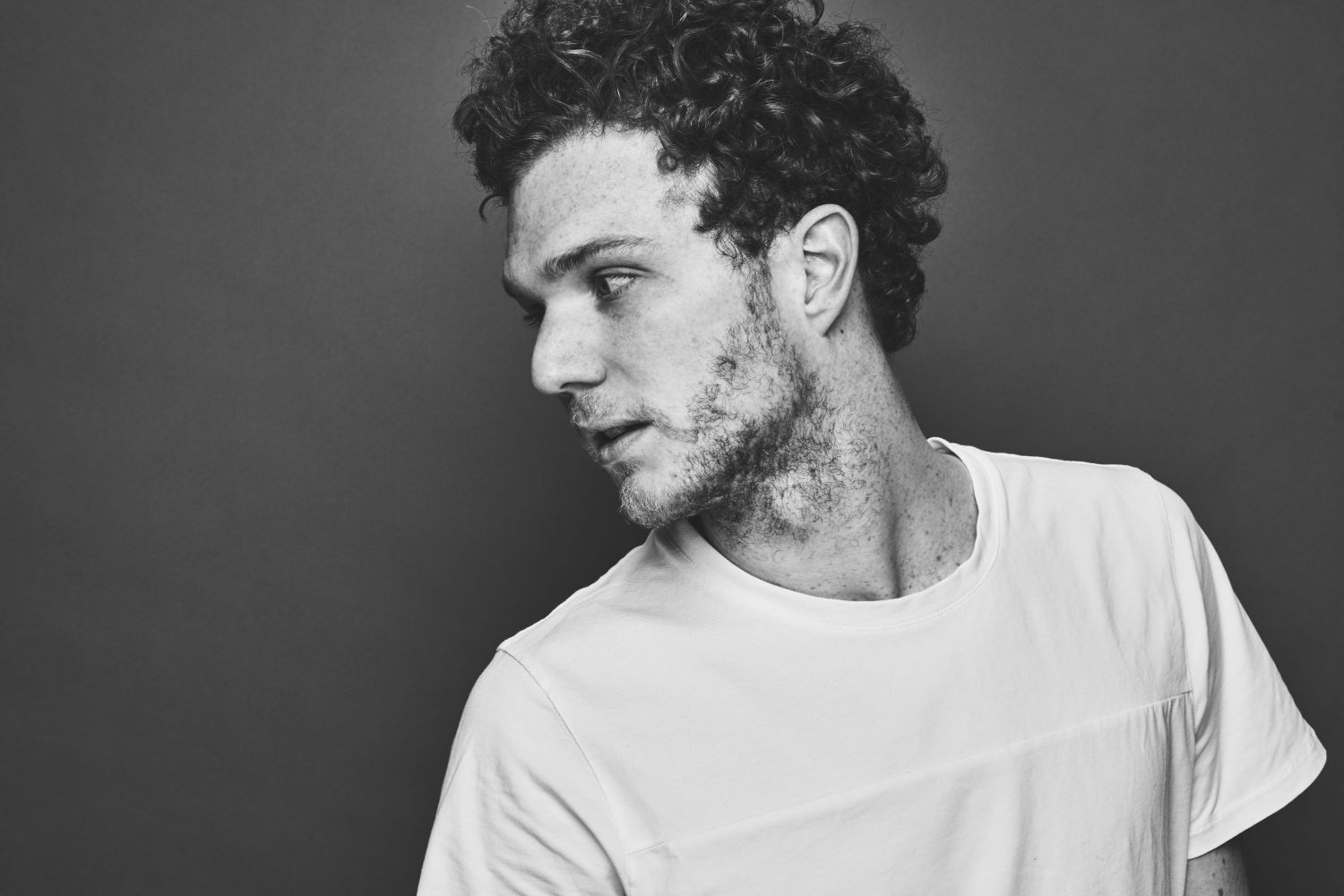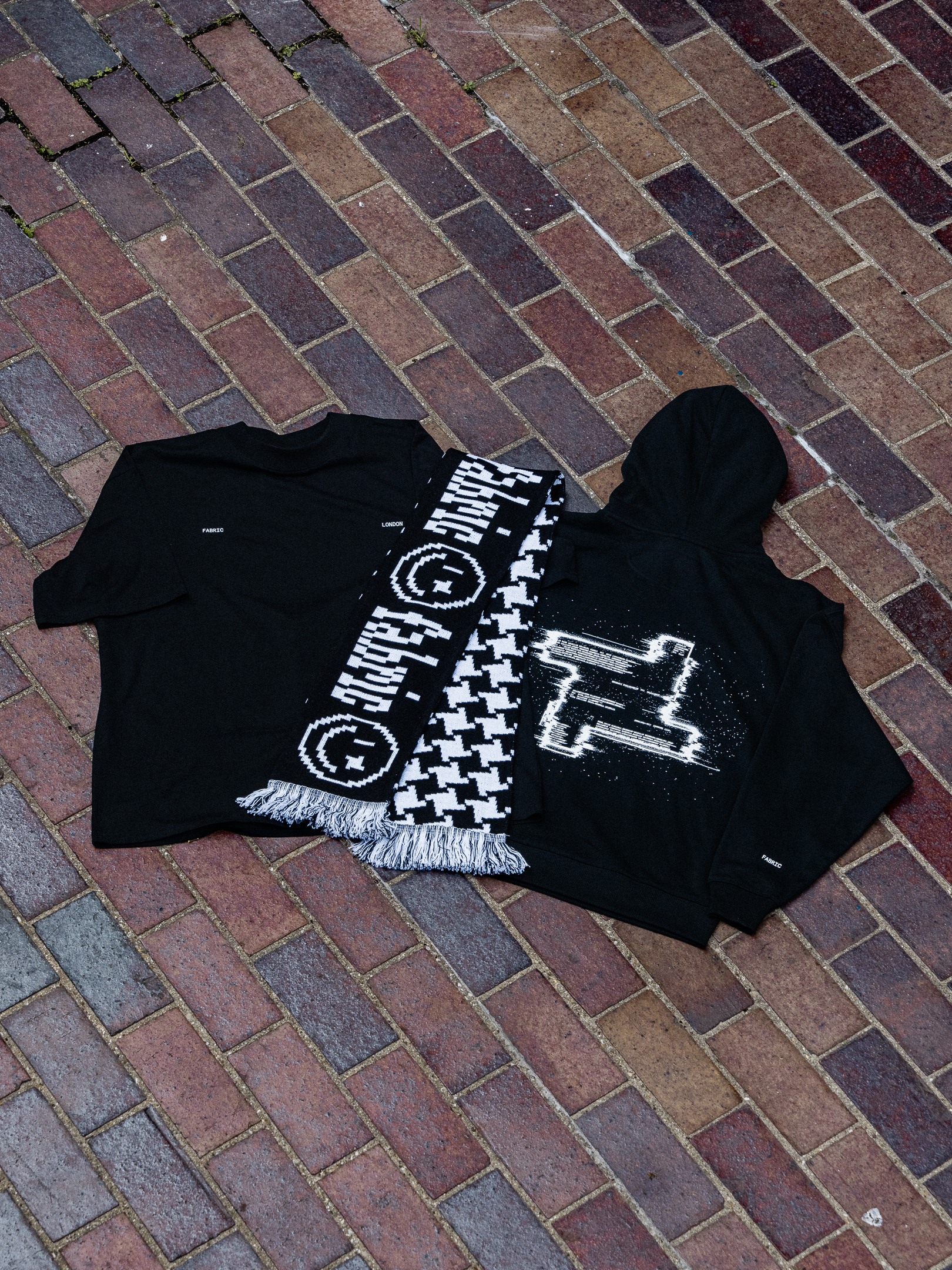News
Audio: Traumer talks studio processes
 Electronic music is thriving in Paris, and Romain Reynaud is one of the scene’s key figures. He’s put his hand to crisp deep house, minimal, breaks and tech house over the last few years – mostly under the alias Traumer via his self-run label, Gettraum. Behind the decks, he showcases a similarly heady style, something we’re looking forward to hearing first-hand at his all night long performance in Room One this Sunday. Ahead of joining us, he sent us a mix packed with his own material, before sitting down to talk more about the studio process behind his cutting production style.
Download: Traumer Sundays at fabric Promo Mix
Tracklist:
DJ Deep – Thai [Kaoz Theory]
Hit Hz & Pazu – Podemos [Unreleased]
AWSI – Candelaea [Artefax Movement]
REda daRE & Hyacin – Epoh [REda daRE Records]
Yama Music – Who Want Space (Traumer Edit) [Unreleased]
Pox & Pol – El Malekon (Traumer Edit) [Unreleased]
Ca Arapu – Burner (Traumer Edit) [Unreleased]
Malin Genie & Per Hammer – Lijnbaan Dubb [MGM]
Rigzz & Saenz – Switch [Unreleased]
Pesto Borsh – A1 (Edit) [HWLS]
Nu Zau – Pana De Current (Traumer Edit) [Unreleased]
Traumer – Armana [Unreleased]
Pure Science – Say It (Traumer Edit) [Unreleased]
Traumer – Bassomatic [Unreleased]
Solo West Project – SP Theme (Edit) [Unreleased]
Traumer – Pago [Unreleased]
Voigtmann – Tons Of Tones [Subsequent]
So let's start with a little about the mix you've prepared for us. Can you tell us a little about the idea and track selection?
I recorded the mix at my home in Paris. I borrowed a pair of CDJs as I don’t have my own, and I wanted to deliver something that was as precise as possible. In fact, for the time being I’ve stopped bringing vinyl to my gigs. This is due to a variety of different reasons: for one, the convenience factor, as carrying records can be challenging. Secondly, I’ve often faced technical issues at gigs where I’ve brought records. Finally, one of the main reasons is that I make edits of almost every track I play. Regarding the selection, this should give you an indication of what’s in store. I tried to play fewer edits than I usually would, and also give some support to new talents who’ve sent me their unreleased tracks. I also chose three new tracks of my own.
What’s your normal process for recording a mix? Do you make them in one take, or spend a long time collecting music to use?
I don’t do studio mixes that often, but when I do, I always try to evoke the feeling of a broadcast: when, where, how. Setting a context, let’s say. For me, a mix is anchored to a context. It’s strongly related to this moment, that you chose or that you’ve been given. After settling on this context, I select a large amount of music which relates to it. After this step, I organize those tracks in groups of intensity, then I start mixing.
What is your background – where did you grow up and has this informed the music you make and play?
I grew up in Avignon, in the South of France, until I turned 18. Then I moved to Paris as I got accepted into one of the best schools in France for Product and Graphic Design. I had a pretty artistic education, but nothing that was really “out there” artistic as learning Product Design helps you to create with industrial rules. So this meant I developed a particularly structured way of creating.
Electronic music is thriving in Paris, and Romain Reynaud is one of the scene’s key figures. He’s put his hand to crisp deep house, minimal, breaks and tech house over the last few years – mostly under the alias Traumer via his self-run label, Gettraum. Behind the decks, he showcases a similarly heady style, something we’re looking forward to hearing first-hand at his all night long performance in Room One this Sunday. Ahead of joining us, he sent us a mix packed with his own material, before sitting down to talk more about the studio process behind his cutting production style.
Download: Traumer Sundays at fabric Promo Mix
Tracklist:
DJ Deep – Thai [Kaoz Theory]
Hit Hz & Pazu – Podemos [Unreleased]
AWSI – Candelaea [Artefax Movement]
REda daRE & Hyacin – Epoh [REda daRE Records]
Yama Music – Who Want Space (Traumer Edit) [Unreleased]
Pox & Pol – El Malekon (Traumer Edit) [Unreleased]
Ca Arapu – Burner (Traumer Edit) [Unreleased]
Malin Genie & Per Hammer – Lijnbaan Dubb [MGM]
Rigzz & Saenz – Switch [Unreleased]
Pesto Borsh – A1 (Edit) [HWLS]
Nu Zau – Pana De Current (Traumer Edit) [Unreleased]
Traumer – Armana [Unreleased]
Pure Science – Say It (Traumer Edit) [Unreleased]
Traumer – Bassomatic [Unreleased]
Solo West Project – SP Theme (Edit) [Unreleased]
Traumer – Pago [Unreleased]
Voigtmann – Tons Of Tones [Subsequent]
So let's start with a little about the mix you've prepared for us. Can you tell us a little about the idea and track selection?
I recorded the mix at my home in Paris. I borrowed a pair of CDJs as I don’t have my own, and I wanted to deliver something that was as precise as possible. In fact, for the time being I’ve stopped bringing vinyl to my gigs. This is due to a variety of different reasons: for one, the convenience factor, as carrying records can be challenging. Secondly, I’ve often faced technical issues at gigs where I’ve brought records. Finally, one of the main reasons is that I make edits of almost every track I play. Regarding the selection, this should give you an indication of what’s in store. I tried to play fewer edits than I usually would, and also give some support to new talents who’ve sent me their unreleased tracks. I also chose three new tracks of my own.
What’s your normal process for recording a mix? Do you make them in one take, or spend a long time collecting music to use?
I don’t do studio mixes that often, but when I do, I always try to evoke the feeling of a broadcast: when, where, how. Setting a context, let’s say. For me, a mix is anchored to a context. It’s strongly related to this moment, that you chose or that you’ve been given. After settling on this context, I select a large amount of music which relates to it. After this step, I organize those tracks in groups of intensity, then I start mixing.
What is your background – where did you grow up and has this informed the music you make and play?
I grew up in Avignon, in the South of France, until I turned 18. Then I moved to Paris as I got accepted into one of the best schools in France for Product and Graphic Design. I had a pretty artistic education, but nothing that was really “out there” artistic as learning Product Design helps you to create with industrial rules. So this meant I developed a particularly structured way of creating.
“I make edits of almost every track I play.”How do crowds differ between Paris and London, or even Romania, where you recently visited for Sunwaves? French, English and Romanian crowds are all different. In my experience, the French have a hasty way of acting, asking for intensity and drops. They are definitely expressive, which is a good thing most of the time, but sometimes they don’t know how to work with the music in a more considered manner and wait for the intensity to come, patiently and progressively. The English crowd is also very energetic, always moving and ready for the party. The advantage is that they are pretty much ready for everything most of the time. They are quite open, but you need to deliver groove and intensity, without excluding hypnotic moments. They like relief and moments of respite in sets, or you could say, surprises. The Romanians are the complete opposite. It’s a more steady crowd, they can dance to your music for hours as long as you don’t deliver something too intense. The notion of calm and intensity in Romania is the opposite of what you might find in France or the UK. You need to hypnotize them with some reduced, minimal repetitive yet groovy music, and then sometimes strike with a surprise. Still I try to break this pattern with the sets I play in Romania. I’m not a Romanian DJ, so I don’t want to play like they do – they do it better than me. I just want to bring my own recipe while considering local crowd history and behaviour. Talk to us about your musical inspirations. What were the first pieces that opened the door to the music you make today? I got into electronic music like a lot of people, through the more commercial DJs. Of course my sound now has nothing to do with this style, but that’s how I first started listening to it. My main influence when I started to produce was Border Community and James Holden. But my sound has built from a number of artists and labels over the years.
“I just want to bring my own recipe.”You operate under a few different guises. Do you feel this helps you to interact with people in different ways? Definitely. It keeps my mind fresh – I never get bored of being in the studio, as I switch from one style to another once I get tired. To be honest, I started to feel a lot more comfortable with my production process once I started to create different monikers. My problem was that I wanted to produce various styles of music, but doing this under a single identity is not a good idea, for both the people who are listening and for myself. I wasn’t really sure where to go when I started something, I was always asking myself too many questions. Splitting my output into different names helped me to be more committed to each type of sound I wanted to create and release. Where does your inspiration for production come from? Where do you find the samples for a track like Classroom? I can’t give a proper answer about my inspirations, there are way too many things that feed into my creativity: the music I listen to (electronic or not), the DJs I listen to before or after my sets, the movies I watch, and so on… To be honest, I can’t remember where the sample came from, I know it’s a recording of an Indian classroom, with the class singing something which means: “In your chest, my heart beats”. How did you start out producing in the first place, was there someone that inspired you to follow that direction? I started producing when we got our first computer at home. At first I was doing a few kind of mash-up styles, then I gradually tried to do my own things. What hardware do you use in the studio? Nowadays, pretty much none. The one piece of equipment I can’t do without is my computer. But even if everything is in the box, I don’t normally use the same production process and tools for making the different styles I work on: techno, house or minimal or ambient, it’s always a different process with different plug-ins and so on. Do you have any stories from fabric over the years? I’ve only been to the club once, for my debut gig there. I remember being so impressed by the room and the sound. It was a truly special moment as I promised myself that I wouldn’t go to this mythical club for the first time if I wasn’t playing there. I do that a lot for special venues and parties – it makes the first time really magical. I’m looking forward to returning. Photo: Flavien Prioreau
Tags
No items found.


.jpg)

